

|
|
|


|
|
1/10 Scale Electric Truck/Truggy:
Thunder Tiger Phoenix ST II (White) - 6539-F* - Radio Controlled ModelHistory and Info:
Introduced by Thunder Tiger in 2009, the Phoenix ST II Stadium Truck - TTR 6539-F075 - came factory assembled RTR, with a pre-painted White / Orange lexan polycarbonate Bodyshell, a Super 17T Brushed Motor, VelociR ESC and a 2.4Ghz Radio System pre-installed. A Battery and Charger to be purchased separately.
▼ Scroll Down for More Images ▼
|








|
|
|

★ Thunder Tiger Phoenix ST II Box ★
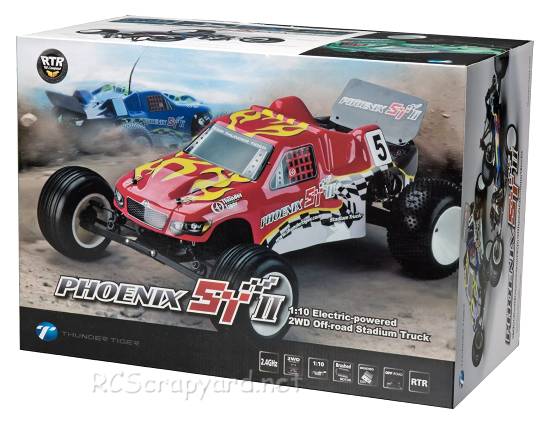
★ Thunder Tiger Phoenix ST II Chassis ★
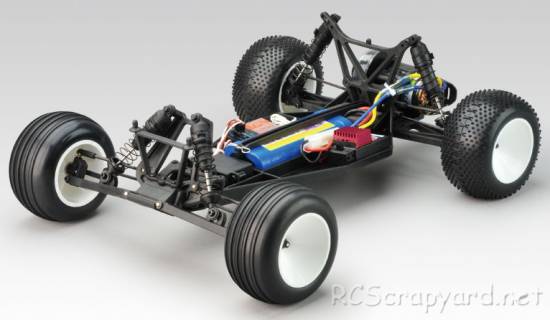
★ Thunder Tiger Phoenix ST II Chassis ★
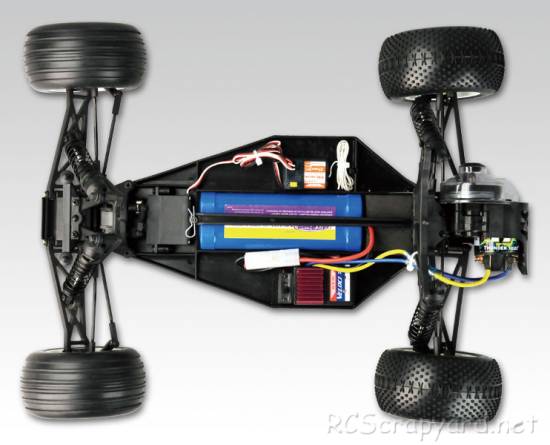
★ Thunder Tiger Phoenix ST II Chassis ★
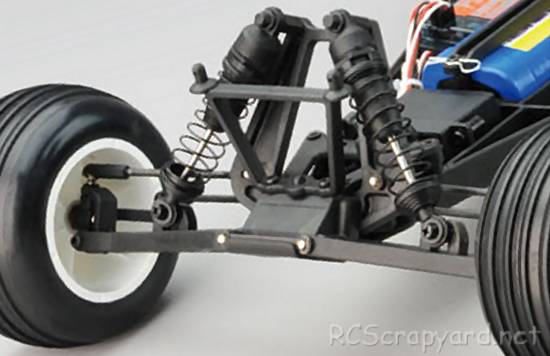
★ Thunder Tiger Phoenix ST II Chassis ★
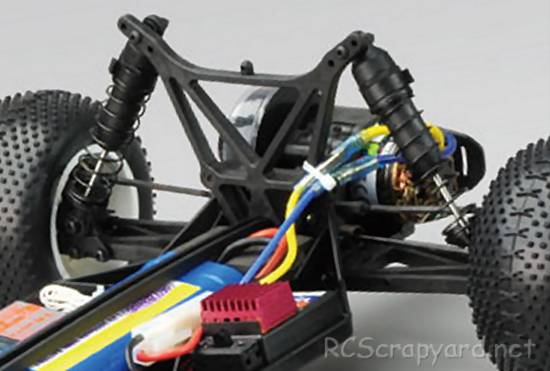
★ Thunder Tiger Phoenix ST II Chassis ★
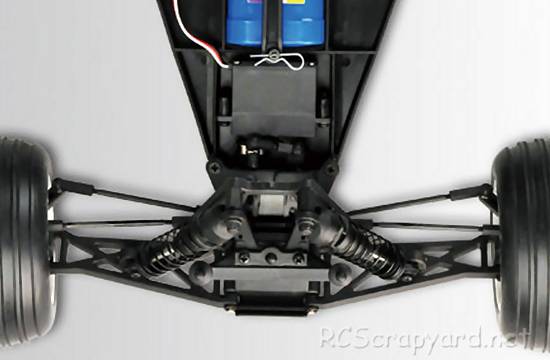
★ Thunder Tiger Phoenix ST II Chassis ★
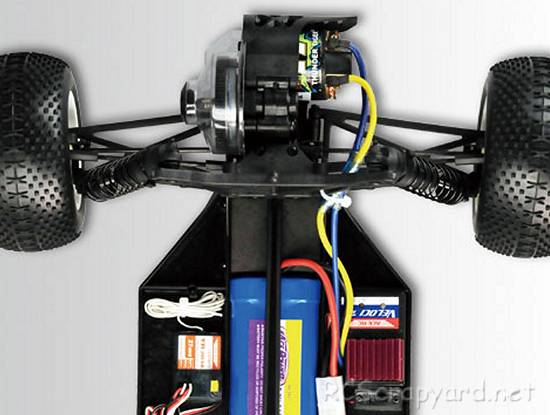
★ Thunder Tiger Phoenix ST II ★
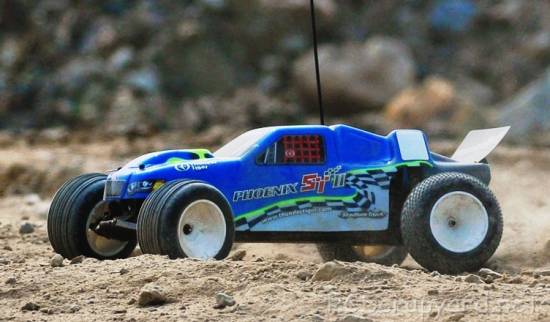
★ Thunder Tiger Phoenix ST II ★
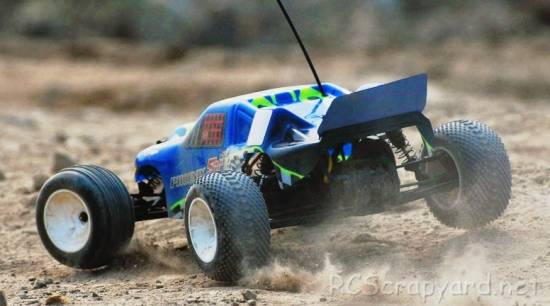
|
Buying a Used Thunder Tiger Phoenix ST II
|
|
Manufacturers and Brands Catalogued, Listed and Reviewed by RC-Scrapyard.
At present, the RC Model Manufacturers, Brands and Distributors covered by us are: ABC Hobby, Academy, Acme Racing, Agama Racing, Amewi, Ansmann Racing, ARRMA, Team Associated, Atomic RC, Axial, AYK, Bolink, BSD Racing, Capricorn, Carisma, Carson, Caster Racing, Cen, Corally, Custom Works, Durango, Duratrax, ECX - Electrix, Exceed RC, FG Modellsport, FS-Racing, FTX, Fujimi, Gmade, GS-Racing, Harm, HBX, Helion, Heng Long, Himoto Racing, Hirobo, Hitari, Hobao, Hong-Nor, Hot Bodies, HPI, HSP, Intech, Integy, Jamara, JQ Products, Kawada, Kyosho, Losi, LRP, Maisto, Mardave, Marui, Maverick, MCD Racing, Megatech, Mugen, New Bright, Nichimo, Nikko, Nkok, Ofna, Pro-Pulse, Protech, PTI, RC4WD, Redcat Racing, RJ-Speed, Robitronic, Schumacher, Seben, Serpent, Smartech, Sportwerks, Step-Up, Tamiya, Team-C Racing, Team Magic, Thunder Tiger, Tomy, Top Racing, Traxxas, Trinity, Tyco, Vaterra RC, Venom, VRX Racing, WLToys, X-Factory, Xmods, Xpress, Xray, XTM, Yankee RC, Yokomo, ZD Racing and Zipzaps. |
|
Hints, Tips and Information
Bearing Seals
If you were to ask anyone with a modicum of experience in RC, they will tell you that the best modification you can make to a basic RC model, is to add a set of ball bearings. |
Information and AdviceElectronic Speed ControllersHistory
ESC were originally developed to be used in conjunction with brushed 27T stock and modified motors in the late 1970s, early 1980s. Compared to modern day Controllers, they were Bulky and heavy, constructed using basic resistors, rheostats, capacitors and transistors, crammed together on a simple circuit board, to provide stepped but smooth acceleration when compared to the old mechanical, servo operated sweeper Speed Controllers. An Electronic Switch to change the direction of current flow was used on some of these early ESC to give reverse operation. Although they were a vast improvement on the old mechanical speedos of the time, they were expensive, jerky to control, and prone to burn out if not carefully looked after. |
|
RC Models:
|
Radio & Motors: |
Other
Accessories: |